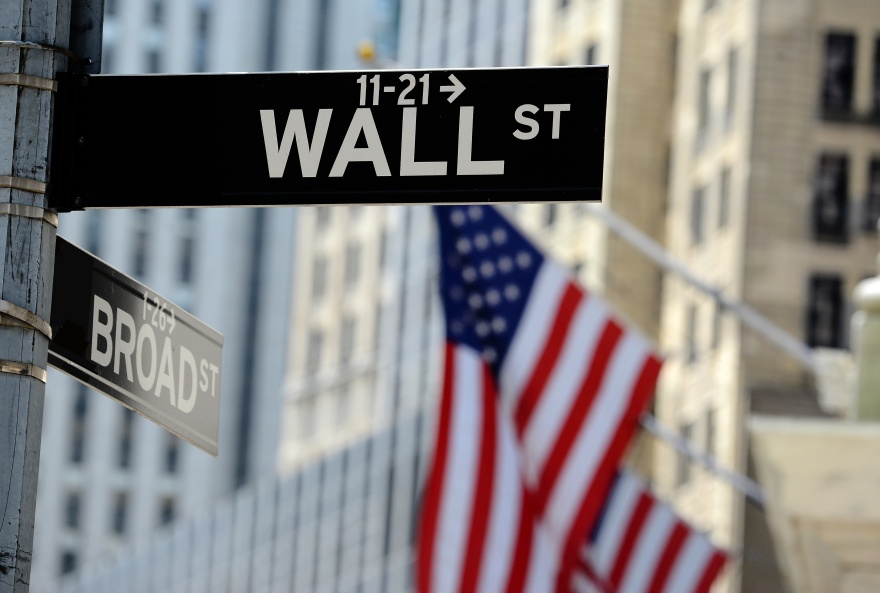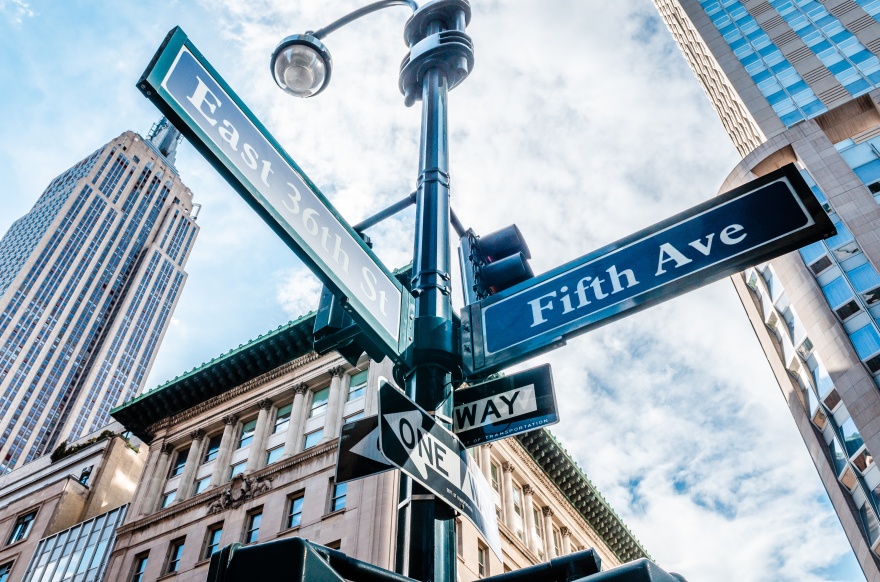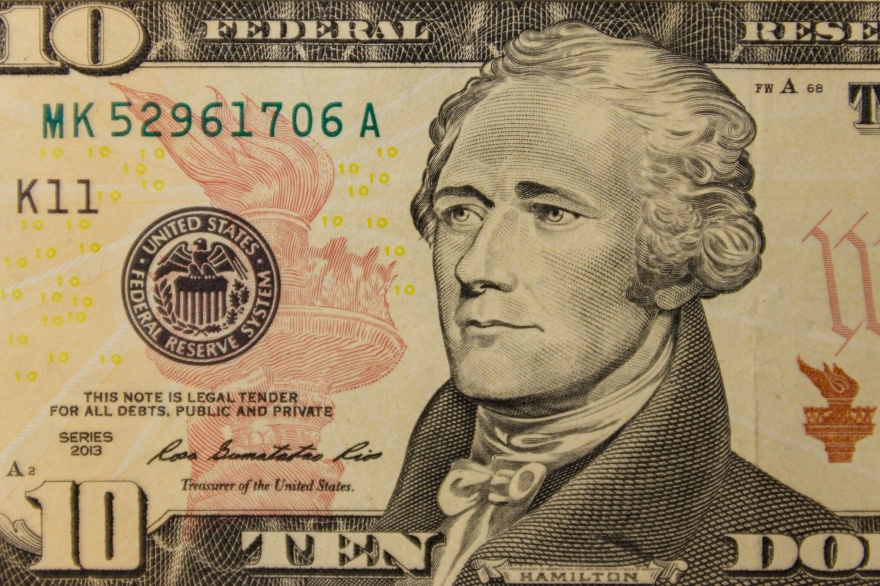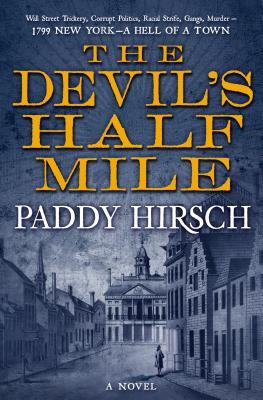1799 New York – A Hell of a Town
Interview
What led you to become a historical fiction writer?
I became an historical novelist rather by accident. I wrote a non-fiction book called Man vs Markets in 2001 with HarperCollins. It’s a book that uses analogy and humor to explain the financial markets. I wanted to do a follow-up on how an actual financial market gets formed and why, and I wanted to focus on the US markets and the creation of the New York Stock Exchange, both of which were created in a comparatively short time after the Revolutionary War. It was very interesting in principle: the market was created with very few rules, and the result was a dysfunctional mess that was not particularly good at raising capital – which is what the matte is supposed to do. After the markets, and the economy nearly collapsed in America’s first financial crisis, The Great Panic of 1792, Alexander Hamilton and Thomas Jefferson had a debate about whether they should make some rules for traders, or just let laissez faire persist. Are you still with me? Yeah, so it wasn’t really that interesting at all. in fact it was pretty bloody boring, and I realized I was doing a lot of research but no writing. So I started to write a little sidebar to the history narrative, a fictional soupçon that involved a murder and lawyer and a bunch of Irish gangsters. That was much more interesting, and I ended up ditching the history and sticking to the novel. And here we are!

What interested you to write about 1799 New York?
1799 was a very interesting year for New York. The city had been the capital of the United States, but was no longer. The State passed a law for the gradual abolition of slavery that year, and it was the year before the turn of the century, which is always an interesting time.

Describe the historical context of this time period.
Both the city and the country were on the cusp of a lot of things, politically, socially and economically. The industrial revolution had begun, but hadn’t really reached America by this point: the canals hadn’t been dug, and technology transfer from Europe was still in its infancy, which was why slave labor was so important to the economy at the time. Momentum was gathering for abolition, and almost all of the Northern States had fallen in line at this point, so the scene was set for dispute with the south. Abolition in New York drew black people – free African Americans and runaway slaves – to the city in large numbers. That set up a good deal of tension with the Irish, as both groups were generally not educated and were shut out of society and economic advancement, which meant they competed for the same jobs. The Irish had not yet started to come in the numbers they would when the Famine hit Ireland, 50 years later, but interest was picking up, and they were probably the largest immigrant group in the city at the time. The City fathers were beginning to realize that a lot of people were going to come to New York over the next few decades, and they’d better get ready. So they began drawing up a plan of Manhattan, anticipating that they’d need to pave over the entire island. This when the city boundaries had not even reached what is now Canal Street. It was a good thing they had that foresight: in 1800 there were about 60,000 people in the city, but just sixty years later, the count was up to a million.
Meanwhile, America was in a kind of on-again off-again war with the English, which made trade difficult, and crimped the economy somewhat. But the country’s financial markets were developing in New York and Philadelphia, and America was realizing its promise as a country extraordinarily wealthy in commodities of all kinds. Essentially, in 1799, America was about to enter a serious boom, which makes it a very exciting time to write about.

What’s the story behind the name Devil’s Half Mile aka Wall Street?
I found the nickname the Devil’s Half mile in a letter that I found in the Library of Congress. I’d like to say everyone thought of Wall Street as a place that the Devil reigns supreme, but It is the only reference that I have ever found. Which is probably not surprising, as Wall Street is only about a third of a mile long, and that’s with the landfill!
What contribution did Alexander Hamilton make at that time?
Alexander Hamilton had all but retired from public life by 1799, and within five years he’d be dead, shot to death in a duel with his old enemy Aaron Burr. his influence on New York and on Wall Street can’t be overestimated. He was a forceful proponent of abolition, and he was the savior of Wall Street during the Great Panic. He engineered a bank bailout that restored faith in the financial system and prevented a run on the banks that could have brought the nascent US economy to its knees. In 1799, he was an ordinary lawyer and investor, but he was still hugely influential in New York political and financial circles. And socially, too, even if he did live a long way up Manhattan island on his estate.

Who is Justy Flanagan and what’s his role in the story?
Justy is a new American, born in New York to Irish parents. His father and uncle emigrated from Ireland after the Revolutionary War, and while his father decided to take the high road and try to carve out a career as a trader, his uncle opted for the waterfront, where he lords it over the Irish gangs, who call him The Bull. Justy’s mother died when he was young, and his father was found hanged in his hallway in the wake of the Great Panic. Everyone assumed suicide, and the Bull took Justy in and sent him to the new Catholic University at Maynooth in Ireland. While there, Justy studies law, and dabbles in criminology. He realizes his father could not have killed himself and must have been murdered. So he returns to New York to find out whodunit and why.
Tell us some interesting facts you learned about in your research.
I was struck by the lawlessness of the United States and New York at the time. It’s not really surprising when you think about it: America broke away from Britain because it objected to all those rules, after all. It makes sense, then, that the founders wanted to design a society that was quite libertarian. And that meant very few rules. Pretty much anything went back in those days. Drugs, booze, prostitution, littering, driving on the wrong side of the road, selling dodgy investments; it was all quite legal. The only real crimes were those against person and property. I was also struck by the opposition to having a police force. I knew that the NYPD wasn’t really formed until 1845, even though the city experienced a tremendous rise in criminality starting in the 1820s, but I didn’t know why. The expense, which was considerable, was only half the reason. It turns out that there was also considerable opposition to having anything remotely resembling a standing army in the city. During the Revolutionary War, the British Army was garrisoned inside the city. At the hint of any unrest, the army was broken out of barracks and told to crack heads. New Yorkers were very resentful of this, and wanted to be sure the like of it never happened again. The concept of a police force looked a lot like an army to many, which was why it took so long to form one.
What’s next for you?
I’m publishing a sequel to The Devil’s Half Mile, called Hudson’s Kill. It comes out on 17 September. And meanwhile I’m working on a couple of things: I’m building a series that my UK publisher is calling Lawless New York, which I rather like. I have ideas for as many as eight ideas in total. And I’m also working on a contemporary novel, set simultaneously in Los Angeles and Belfast, Northern Ireland. And I still have my day job, editing an NPR economics podcast, called The Indicator from Planet Money.

Paddy Hirsch is an author and Murrow award-winning journalist. His first novel is The Devil’s Half Mile, an historical thriller with a financial twist, set in New York in 1799.
He is the author of Man vs Markets; Economics Explained, Plain and Simple. Publisher’s Weekly called the book ” “A straightforward, accessible, and often hilarious overview of our financial and economic systems, products, and concepts.”
He works as a supervising editor at NPR’s planet Money. He is also the creator and host of Marketplace Whiteboard, an award-winning video explainer of financial and economic terms.
Paddy Hirsch | Amazon | Goodreads

